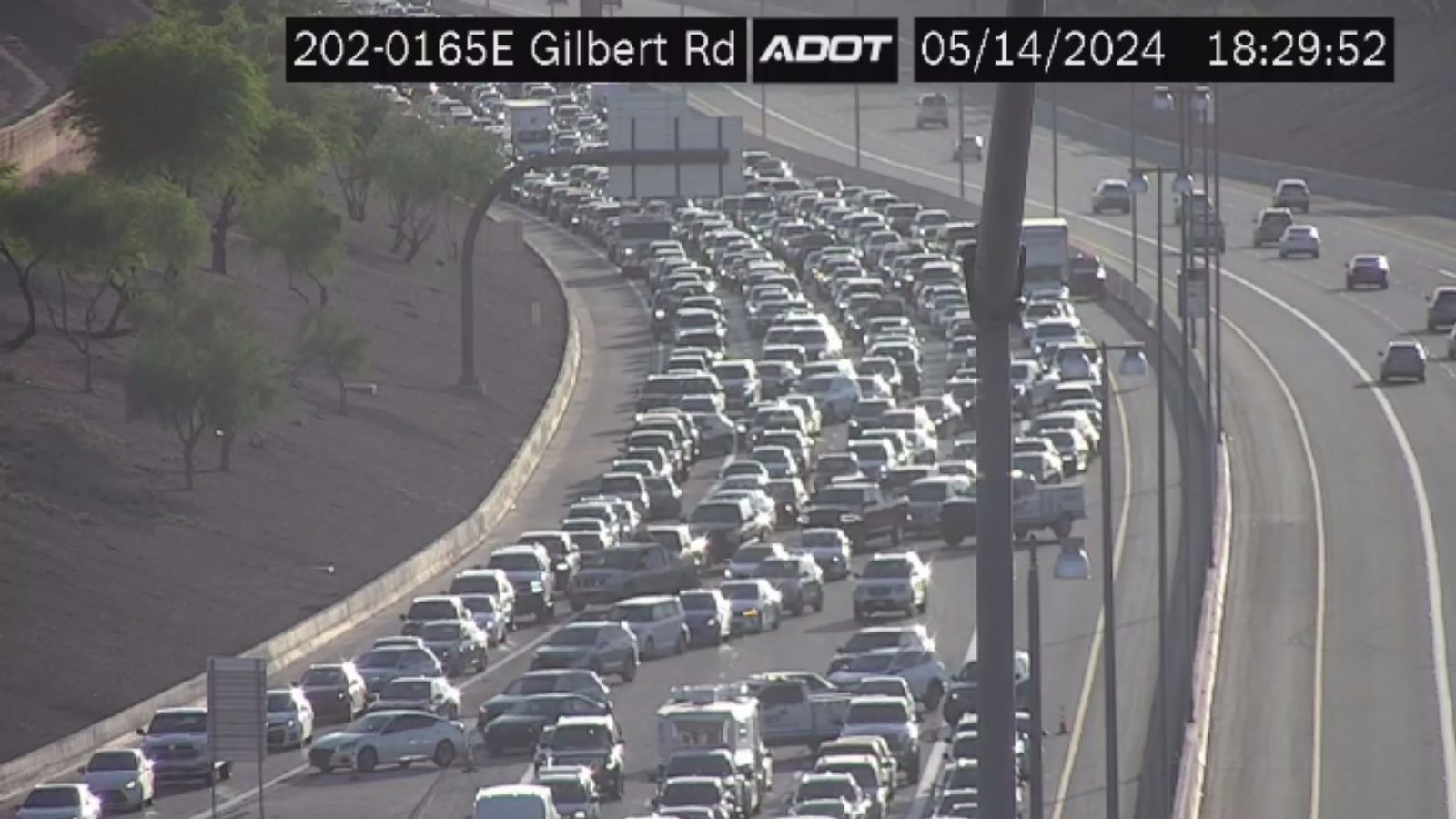Despite federal push, one-third in rural areas lack broadband access
Aug 13, 2013, 5:00 AM | Updated: 5:00 am
WASHINGTON — Business has been good at Accipiter Communications Inc.
The Phoenix-based company, which is dedicated to bringing phone and broadband service to underserved rural Arizonans, has seen the lines it services grow from 201 in 2006 to 936 in 2011, the last year for which it would provide numbers.
“Our number one goal is to provide service in areas that wouldn’t have it otherwise,” said Patrick Sherrill, president and CEO of Accipiter, which does business as Zona Communications. “And be good stewards.”
There’s plenty of opportunity.
Despite Federal Communication Commission subsidies to bring broadband to remote areas, and competition from at least 17 state-regulated rural phone service providers in Arizona, more than one-third of the state’s rural residents lacked broadband access last year. The FCC said then that 238,549 Arizonans were without broadband, the 10th-lowest rate of penetration in the country.
The commission aims to address that problem with the Connect America Fund, part of a $4.5 billion effort to bring voice and broadband service to remote parts of the country. As many as 19 million people in the U.S. do not have broadband, the FCC estimates.
“Like electricity a century ago, broadband is a foundation for economic growth, job creation, global competitiveness and a better way of life,” the commission said in its National Broadband Plan, which was released in 2010. “Increasingly capable fixed and mobile networks allow Americans to access a growing number of valuable applications through innovative devices.”
The Connect America Fund outlined in that document is a revamped version of the old Universal Service Fund, which levied a surcharge on monthly phone bills to help subsidize service in hard-to-reach areas. Under Connect America, service providers can receive up to $250 a month, per line, for service to qualifying, costly areas.
The fund followed years of criticism of the old program, which even the FCC admitted was subject to “waste, fraud, and abuse.” But while the commission hailed the new fund as an important tool to extend broadband to unserved areas, critics say the reforms do not go nearly far enough.
“The extent to which these reforms are being implemented isn’t clear,” said Scott Wallsten, a former chief economist for the commission. “FCC claimed a cap, but it’s not a budget, it’s the total opposite … it’s a floor.”
Wallsten, now vice president for research at the Technology Policy Institute, co-authored a report on the fund with George Mason University law and economics professor Thomas Hazlett. Their report, funded by the Alliance for Generational Equity, suggests the new fund is just as flawed and wasteful as before.
Wallsten pointed out that there is already budget creep with the revamped fund, which was supposed to cut the program budget from $8 billion to $4 billion, but was soon revised to $4.5 billion. He said he expects the budget will be changed again.
“They’re acting as though they’re proud of this,” he said. “There’s a fundamental problem there.”
FCC spokesman Mark Wigfield conceded that there were some missteps on the budget estimates – “Some of the funding has gotten out of whack,” he said – but said he is confident with the new reforms.
“Bottom line – we set the cap there for the next six years to rein in costs and use savings for expanding (the program) to broadband,” Wigfield said.
He said universal service has always been a goal and that the FCC was not going to “cut down to bare minimum” on the budget and sacrifice broadband expansion.
Wigfield also said the report by Wallsten and Hazlett does not reflect the current state of the program.
“This report seems to address an area that the FCC has already reformed,” Wigfield said. “We imposed strict limits on the amount of subsidies available, among other reforms meant to target subsidies to where they are truly needed.”
But Wallsten said there is more the FCC can do to limit costs. If carriers used satellites to deliver the Internet, for example, they could provide service comparable to broadband for $600 a year, instead of the $3,000 the current program allots.
“The argument is that satellite is too slow compared to broadband,” Wallsten said. “That’s not true. The new generation of satellites offers better, faster service.”
Wigfield said the FCC looked at satellite service, “weighed all issues” and concluded there are many reasons why “satellite is not a good solution.”
Wallsten points to other “egregious” problems with the program, arguing that many rural areas getting subsidies for voice service are actually “rich areas.” Many areas once designated as rural have changed, he said.
“We shouldn’t have to worry about the welfare of multimillionaires if they can just pay for it,” he said.
The Alliance for Generational Equity tried to make that point when it touted Wallsten’s report on its website, claiming that one of the communities getting voice service with High Cost Fund subsidies was near Scottsdale. It described Vistancia as one of the “mansion-lined gated golf communities outside of Scottsdale.”
But Sherrill, whose company serves the homes in Vistancia, said that is just not accurate. Vistancia is made up of “little parcels of homes,” single-family homes that are 45 minutes from Scottsdale, he said. Critics drag in Scottsdale only because it “holds a connotation of wealth,” he said.
Wallsten would not comment directly on the AGE characterization of Vistancia, but said he knows there are rich areas elsewhere in the country that are still considered rural for purposes of the fund.
But Wigfield believes there is “great value” to the program and does not think it is that simple.
“The High Cost Fund was never based on income,” he said. “Even if you were a rich guy living in a (rural area) you can’t have the program just serve the poor people.”









